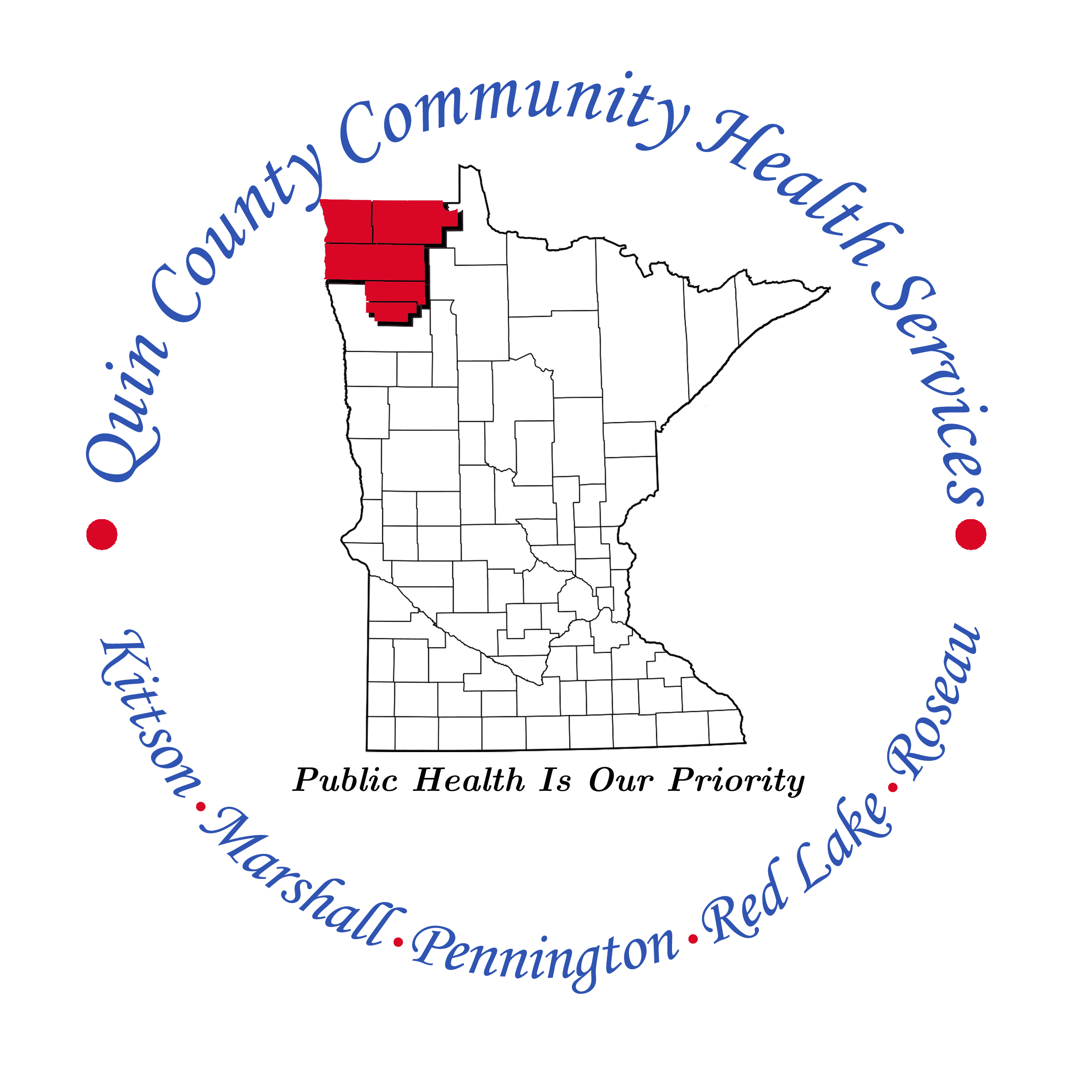Mental Health
Depression/ Optimal Care for Depression/ Feeling Socially Isolated
Kittson, Marshall, Pennington, Red Lake, and Roseau counties, along with the state of Minnesota, show that roughly 1 in every 3 to 5 people were projected to experience depression. This high ratio is also reflected in the Minnesota Student Survey responses from 9th grade students, with about 1 in every 3 to 5 reporting feeling down, depressed, or hopeless over the past two weeks for Marshall, Pennington, Red Lake, and Roseau. The most recent available data for Kittson County is 2019 and the results are about 1 in every 3 students feeling depressed. In 2022, Red Lake County had the highest percentage of 9th graders responding ‘yes’ to this question, with a significant increase from 18.5% in 2019 to 32.0% in 2022. Conversely, Pennington County saw a decrease in this sentiment, from 25.0% in 2019 to 20.8% in 2022.
Recent data highlights a concerning trend in the well-being of our youth, underscoring the urgent need for enhanced support and access to services. In Marshall and Red Lake counties, there has been a notable decline in the percentage of 9th graders who felt their community cared about them “quite a bit” or “very much” from 2019 to 2022. This decline in perceived community support is alarming, as it is a crucial factor in the overall mental health and well-being of young people. Additionally, Kittson, Marshall, Pennington, and Roseau counties lag significantly behind the state of Minnesota in early screening rates for mental health and depression in patients aged 12-17. Early screening plays a vital role in identifying and addressing mental health issues promptly, leading to better outcomes for youth. The consistency between the decline in community support and the low rates of early mental health screening suggests a broader issue: our youth need more comprehensive support systems. A very encouraging sign is even with not feeling supported by the local community and not being screened early, the youth in Marshall, Pennington, Red Lake, and Roseau have similar percetages with respect to their county in students self-reporting not using alcohol, marijuana, or drugs within the last year.
Recent data highlights a concerning trend in the well-being of our youth, underscoring the urgent need for enhanced support and access to services. In Marshall and Red Lake counties, there was a notable decline in the percentage of 9th graders who felt their community cared about them “quite a bit” or “very much” from 2019 to 2022. This decline in perceived community support is alarming, as it is a crucial factor in the overall mental health and well-being of young people.
Additionally, Kittson, Marshall, Pennington, and Roseau counties lag significantly behind the state of Minnesota in early screening rates for mental health and depression in patients aged 12-17. Early screening plays a vital role in identifying and addressing mental health issues promptly, leading to better outcomes for youth. The consistency between the decline in community support and the low rates of early mental health screening suggests a broader issue: our youth need more comprehensive support systems. Encouragingly, despite feeling unsupported by their local community and not being screened early, youth in Marshall, Pennington, Red Lake, and Roseau counties report similar percentages of not using alcohol, marijuana, or drugs within the last year compared to their peers statewide.
Data Source: Centers for Disease Control and Prevention (2024)
Suicide
Suicide is a complex issue with no single cause, but prevention efforts show that most suicides are preventable, mental illness is treatable, and recovery is possible. In 2022, 860 Minnesotans died by suicide, the highest total ever, with preliminary data indicating 815 deaths in 2023. This translates to age-adjusted rates of 14.8 and 14.1 per 100,000, respectively. Males had higher suicide rates than females, and American Indian or Alaska Natives had higher rates than other racial or ethnic groups. In 2023, 47% of suicide deaths involved firearms, and rural areas continued to have higher rates than urban areas Suicide 2021 data brief.
More data coming soon.
